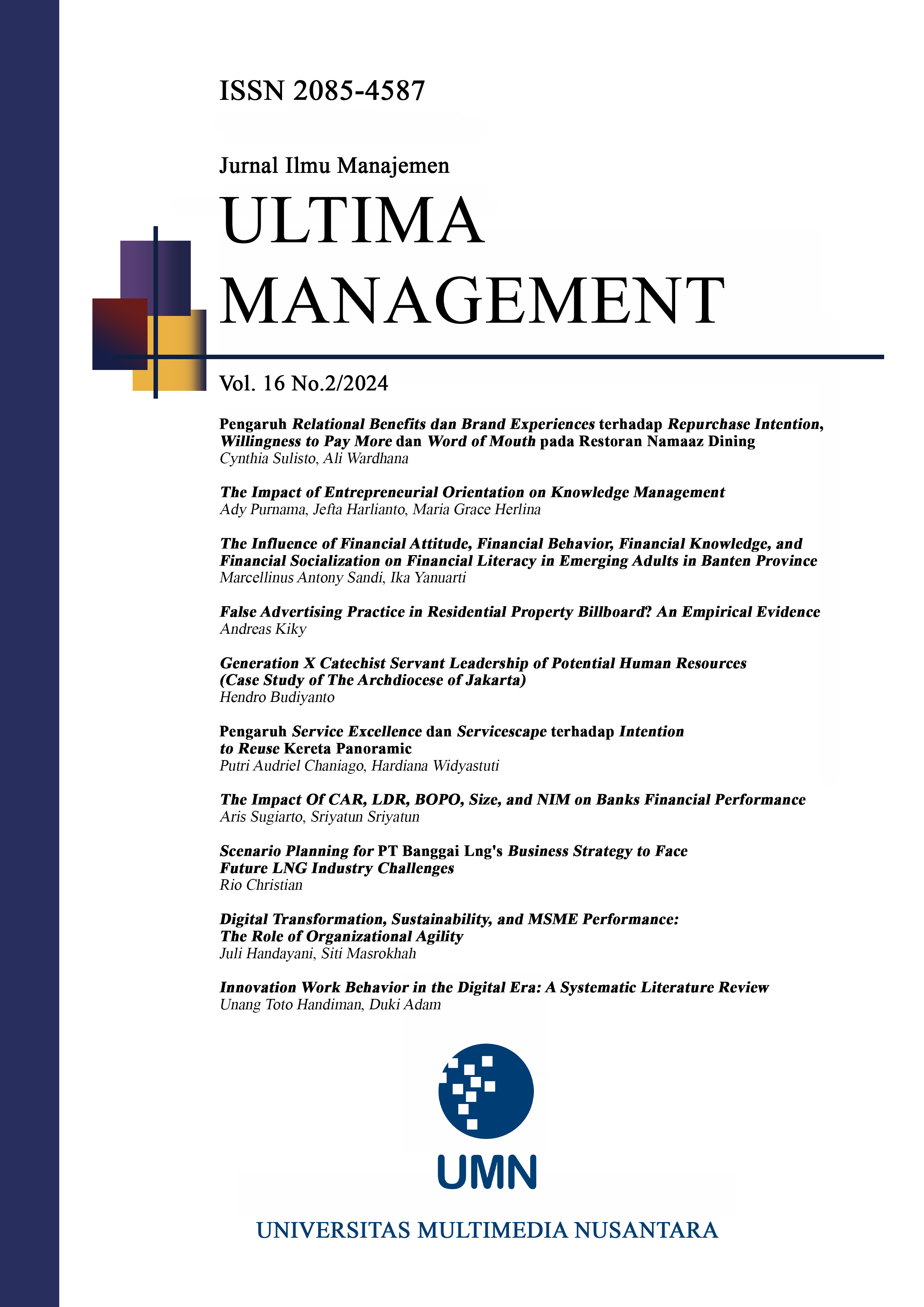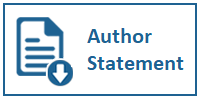FALSE ADVERTISING PRACTICE IN RESIDENTIAL PROPERTY BILLBOARD? AN EMPIRICAL EVIDENCE
DOI:
https://doi.org/10.31937/manajemen.v16i2.3726Abstract
bstract-This study examines the practice of false advertising in residential property advertisements in the Jakarta and Tangerang areas. Developers use advertisements presenting information on distance and travel time to attract potential buyers. This research aims to detect whether the information presented in these advertisements matches the actual conditions on the ground. This research provides the first empirical evidence of inaccurate ads and false advertising practices in the property business in Jakarta and Tangerang Regency. Data was collected from 41 physical advertisement samples spread across the study area. The analysis results show that the advertised distance and travel time are shorter and faster than actual measurements using Google Maps. Statistical tests using paired t-tests indicate significant differences between the advertised information and the exact conditions. The paired t-test is significant at a 1% level of significance. Regulators must address the existence of false advertising in property business. Providing inaccurate or doubtful information can harm the long-term reputation of the developers themselves. Future research can address a cause-effect model to understand the consumer behavior behind their purchase decisions. Because property assets can act as investment assets, the behavioral intention and rational expectation about future property prices are also worth investigating.
Keywords: False Advertising; Business Ethics; Billboard Ads; Residential Property; Property Management
Downloads
Downloads
Published
How to Cite
Issue
Section
License
Authors retain copyright and grant the journal right of first publication with the work simultaneously licensed under a Creative Commons Attribution-ShareAlike International License (CC-BY-SA 4.0) that allows others to share the work with an acknowledgement of the work's authorship and initial publication in this journal.
Authors are able to enter into separate, additional contractual arrangements for the non-exclusive distribution of the journal's published version of the work (e.g., post it to an institutional repository or publish it in a book), with an acknowledgement of its initial publication in this journal.















